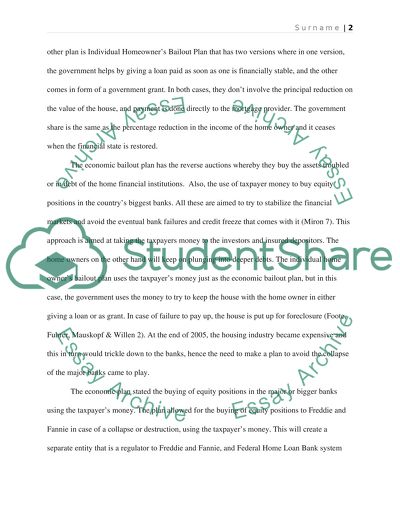Cite this document
(“The actual economic bailout of Wall Street and the individual Essay”, n.d.)
The actual economic bailout of Wall Street and the individual Essay. Retrieved from https://studentshare.org/english/1466459-the-actual-economic-bailout-of-wall-street-and-the-individual-homeowner-bailout-by-jeffrey-fu
The actual economic bailout of Wall Street and the individual Essay. Retrieved from https://studentshare.org/english/1466459-the-actual-economic-bailout-of-wall-street-and-the-individual-homeowner-bailout-by-jeffrey-fu
(The Actual Economic Bailout of Wall Street and the Individual Essay)
The Actual Economic Bailout of Wall Street and the Individual Essay. https://studentshare.org/english/1466459-the-actual-economic-bailout-of-wall-street-and-the-individual-homeowner-bailout-by-jeffrey-fu.
The Actual Economic Bailout of Wall Street and the Individual Essay. https://studentshare.org/english/1466459-the-actual-economic-bailout-of-wall-street-and-the-individual-homeowner-bailout-by-jeffrey-fu.
“The Actual Economic Bailout of Wall Street and the Individual Essay”, n.d. https://studentshare.org/english/1466459-the-actual-economic-bailout-of-wall-street-and-the-individual-homeowner-bailout-by-jeffrey-fu.


